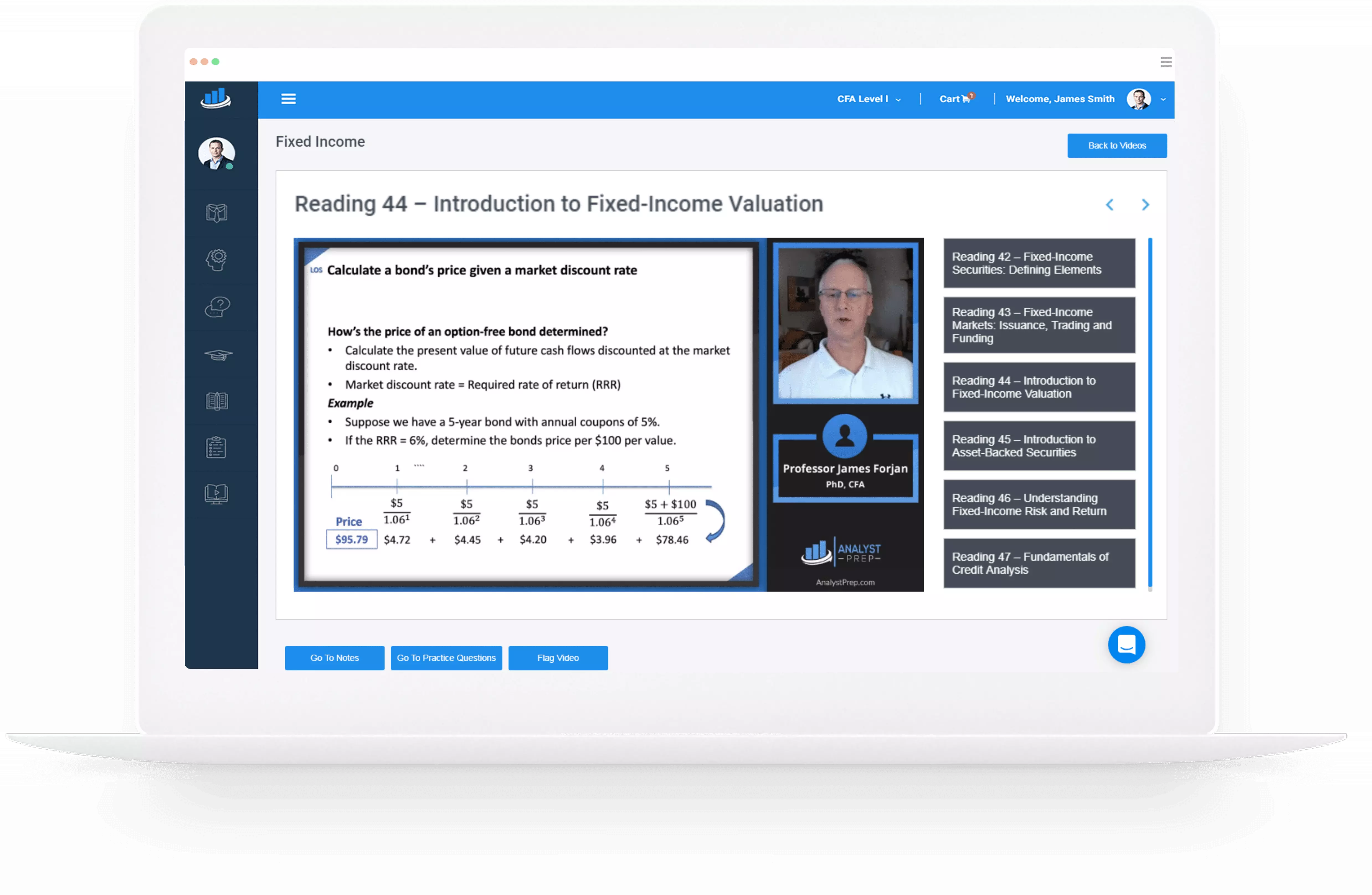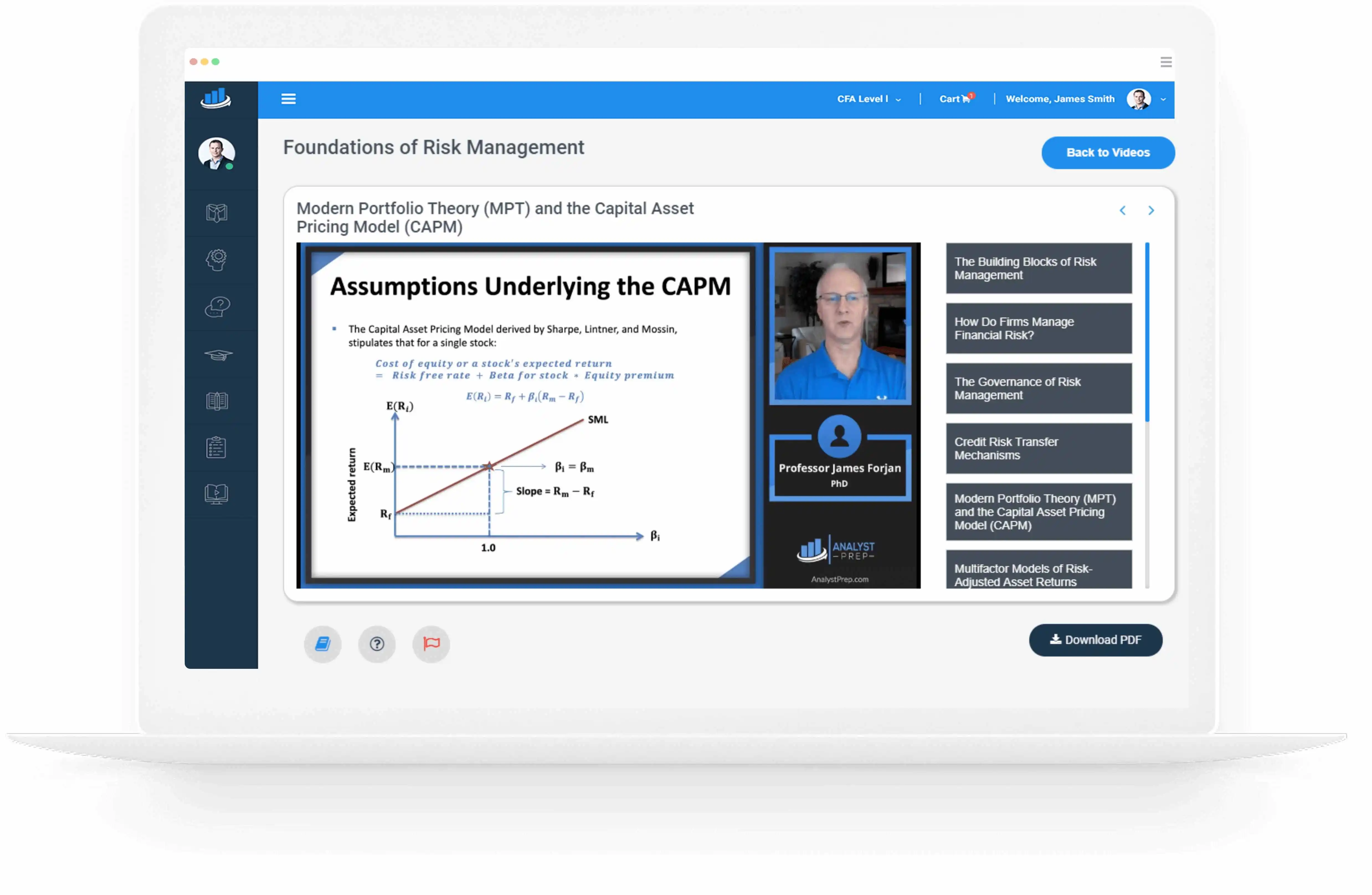Inter-market Analysis
[vsw id=”aIFkX46UShE” source=”youtube” width=”611″ height=”344″ autoplay=”no”] Inter-market analysis is a method of determining the strength or weakness of an asset class or financial market relative to other related asset classes or financial markets. These asset classes may include stocks, bonds,…
Holding Period Return
[vsw id=”lYpi92G13U4″ source=”youtube” width=”611″ height=”344″ autoplay=”no”] Holding period return refers to the change in the value of an investment over the period it is held, expressed as a percentage of the originally invested amount. It also captures any additional income…
Time-Weighted Rate of Return
[vsw id=”lYpi92G13U4″ source=”youtube” width=”611″ height=”344″ autoplay=”no”] The time-weighted rate of return (TWRR) measures the compound growth rate of an investment portfolio. Unlike the money-weighted rate of return, TWRR is not sensitive to withdrawals or contributions. Essentially, the time-weighted rate of…
Yields Used to Value Money Market Instruments
[vsw id=”lEbeibhvCzM” source=”youtube” width=”611″ height=”344″ autoplay=”no”] Money market instruments are Financial instruments that mature in less than a year. Examples are Treasury bills, commercial papers, or municipal notes. Most T-bills have a maturity of either 91 days or 180 days….
Yield Conversions
[vsw id=”lYpi92G13U4″ source=”youtube” width=”611″ height=”344″ autoplay=”no”] Yield conversion is basically the process of changing from one type of yield to the other. We have already established the 4 main types of yields and their formulae – rBD, HPY, EAY, and…
Introduction to Statistics With Relevant Examples
[vsw id=”alD9eAT2lQU” source=”youtube” width=”611″ height=”344″ autoplay=”no”] Statistics refers to concepts, rules, and procedures that help us interpret data and make informed decisions regarding issues affecting our lives and humanity in general. Data is basically facts or observations that result from…
Understanding a Parameter, a Statistic, and Frequency Distribution Tables
[vsw id=”alD9eAT2lQU” source=”youtube” width=”611″ height=”344″ autoplay=”no”] A parameter refers to a measure that is used to describe the characteristic of a population. It is a numerical quantity that describes a given aspect of the population as a whole. You should…
Measures of Central Tendency
Measures of central tendency are values that tend to occur at the center of a well-ordered data set. As such, some analysts call them measures of central location. Mean, median, and mode are all measures of central tendency. Even then,…
Calculating and Interpreting Quartiles, Quintiles, Deciles and Percentiles
[vsw id=”alD9eAT2lQU” source=”youtube” width=”611″ height=”344″ autoplay=”no”] Quartiles, quintiles, deciles, and percentiles are values or cut points that partition a finite number of observations into nearly equal-sized subsets. The number of partitions depends on the type of cut point involved.




